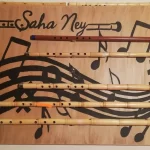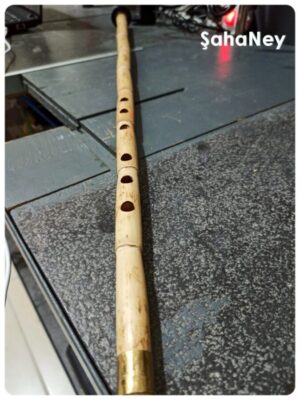History of Ney
It has been called with similar names in various European countries (eg "naiu" in Romania). The "neyzeden" created by the word "zeden", which means player in Persian, was distorted and turned into "neyzen", which is also used today for ney performer. In the same meaning, the word "nâyî" created according to Arabic rules is also used. This instrument, which has been used from 5000 BC to 3000 BC, is thought to have been used in religious ceremonies in those times. The sound of ney, defined by Thibaut, one of the Assomption priests, as "an enigmatic, charming, sweet and harmonious voice" has deeply affected people in every period, especially evoking religious feelings. This feature of its sound has made it an important instrument in every society. Ney, which Turks have started to use in their society with the acceptance of Islam, has become the symbol of Islamic mysticism after Xlll. century. The role of the great sufist, philosopher and poet Mevlânâ Celâleddin-i Rûmî, who lived in this century, is great in this.
Source: Timuçin Çevikoğlu










